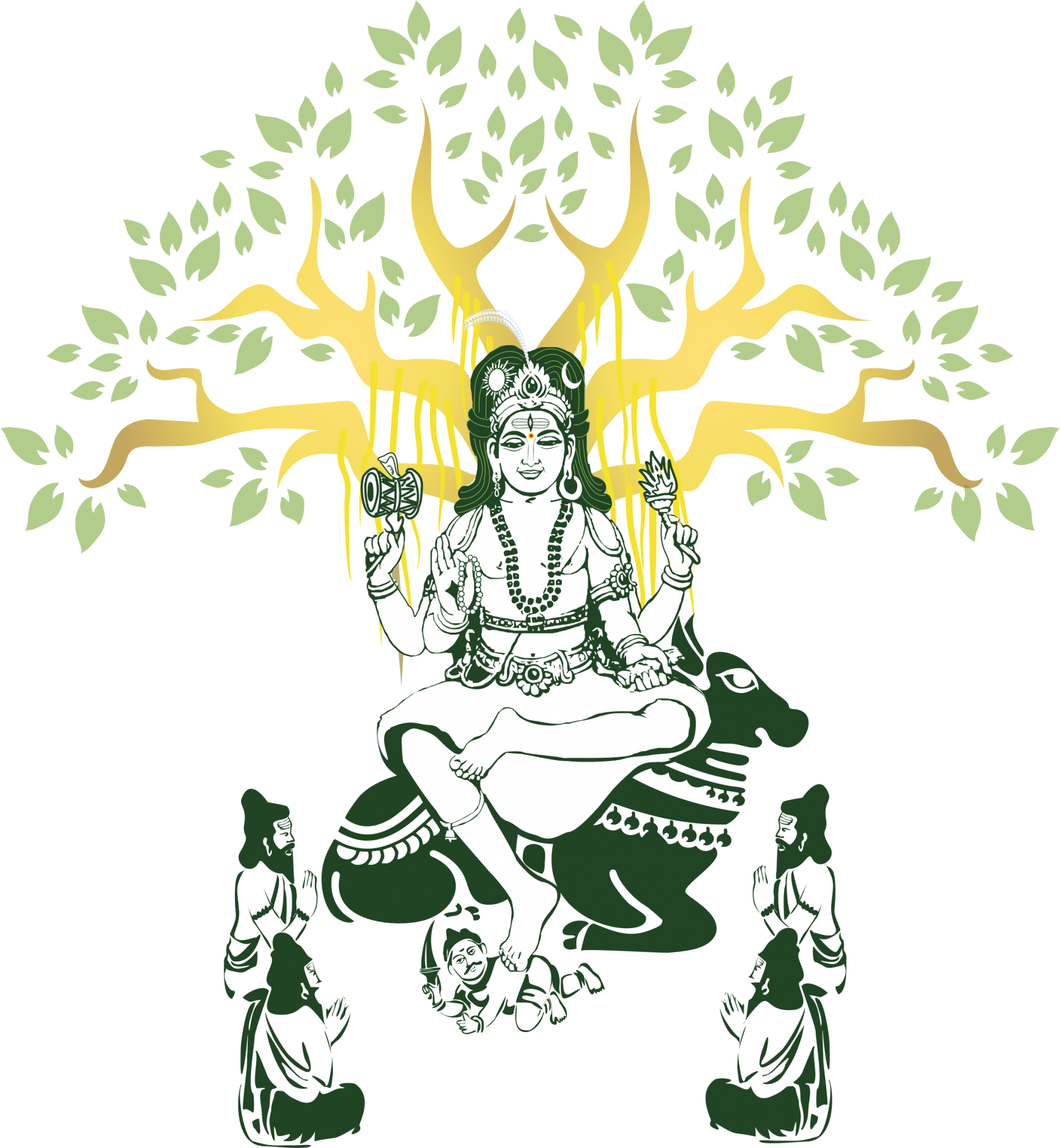In-Person and Online
TEACHER:
Swami Tattvavidananda
TOPICS:
Aitareya Upaniṣad
The only one of the ten upaniṣads commented upon by Śrī Ādi Śaṅkarācārya that is from the Ṛg Veda, Aitareya Upaniṣad is a relatively brief text. With powerful and fascinating imagery, it covers the major themes of the creation of the universe, the birth of the individual, and the nature of consciousness. Swamiji will unfold this rarely taught text, presenting its full scope and depth.
Viṣṇu-sahasra-nāma:
Epitome of Vedanta
The nāmas in the Viṣṇu-sahasra-nāma reveal the manifest form of Viṣṇu as an avatāra, Viṣṇu as the cause of the world and as the world, and the essential nature of Viṣṇu, which is the truth of oneself. The first two are for worship, and the third is for understanding. This course is a continuation of last year’s sessions.
Sanskrit Classes will also be included. Details TBA.
COURSE BOOKLET LINKS:
PDF with English transliteration
PDF with Devanagari
ONLINE:
To access the private YouTube playlist for this course and view all sessions online, first click on “Get Tickets” below.
After paid registration using your YouTube login email address, we will manually add you to the private YouTube playlist. If your access is delayed, please send an email to arshavidyamedia@gmail.com
Click Here to View On YouTube (after online registration)
IN-PERSON:
For in-person participation, register through the office:
Vimala ji at 570-656-0193
or
Suddhatma ji at suddhatma@gmail.com
Tentative Course Schedule:
All times are Eastern Time (ET, UTC-4)
Mondays are a day off
Tuesdays
9:00-10:00 am ET Class 1
Late morning Sanskrit classes to be announced.
4:30-5:30 pm ET Class 2
7:30-8:30 pm ET Satsang Q&A
Wednesday-Saturday
7:00-8:15 am Guided Meditation and Class 1
Late morning Sanskrit classes to be announced.
4:30-5:30 pm Class 2
7:30-8:30 pm Satsang Q&A
Sundays (Sept 29, Oct 13)
7:00-8:15 am Meditation and Class 1
11:00am-12:00pm Class 2
No Evening Class or Satsang
Sundays (Oct 6, Oct 20)
7:00-7:30 am Guided Meditation
10:00-11:00 am Class 1
11:25am-12:25pm Class 2
No Evening Class or Satsang




